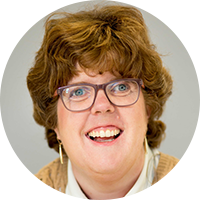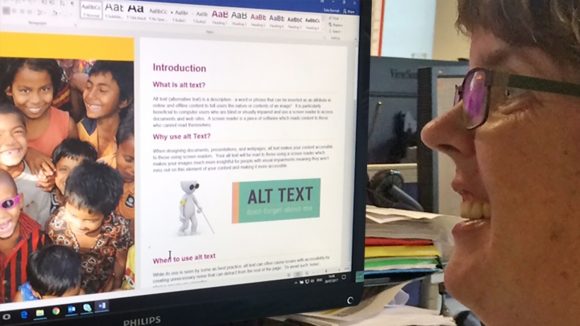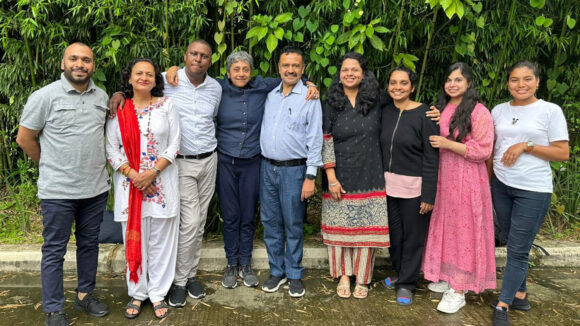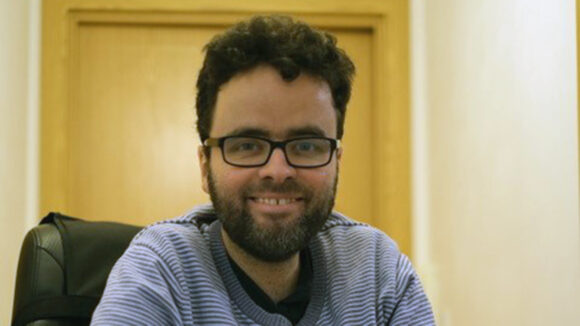Why facial disfigurement is a human rights and equality issue
For the latest talk in our lunchtime speaker series we welcomed Phyllida Swift, the CEO of Facial Equality International, a UK charity whose mission is to ensure the global facial difference community can live without discrimination.
Facial disfigurement can cover anything from a congenital condition such as a cleft lip to scars, burns, hair loss, psoriasis or acne. Phyllida explained how a scar she sustained in a car accident in 2015 was her entry point into the face equality space. She developed an understanding of how facial disfigurement can lead to discrimination and stigma through personally experiencing “a big identity crisis, suddenly being associated with something society sees as ugly or the trademark of a villain”.
Facial Equality International (FEI) was formed as an alliance of NGOs, charities and support groups in 2018 by the late Dr James Partridge, who was a burns survivor. The organisation exists to build solidarity to position face equality as a social justice issue rather than just a global health issue. It aims to raise awareness about how facial disfigurement is a neglected human rights issue, which is misunderstood and significantly underreported, leading to discrimination.
I found it very interesting when Phyllida discussed how facial disfigurement fits into the different models of disability and how the social model is very inclusive of disfigurement. With disfigurement, the usual disability barriers exist when it comes to both education and employment: assumptions are made about a person’s abilities, and attitudinal barriers then hold back members of the community from opportunities. There can also be issues with accessing legal protection, which generally focuses on the medical model.
One in 111 people in the UK has a facial disfigurement
As a lead facilitator of Sightsavers’ internal disability awareness training, I often engage participants in conversations about the models of disability. Attending Phyllida’s talk made me pause and consider issues around disability that I may not have reflected on in the past.
By recognising facial disfigurement as a human rights issue, FEI aims to empower the community by building a network of advocates that can provide resources to help make work and education environments more inclusive. For example, through producing resources on hiring people with disfigurements, creating diverse learning environments and strengthening advocacy that aims to end discrimination.
Ultimately, disfigurement needs to be recognised as a human rights and equality issue, so that people with facial differences can access the same level of inclusion in society and fight stigma and discrimination.
Disfigurement needs to be recognised as a human rights and equality issue in its own right
Author
 Kate Bennell is the technical adviser for disability inclusion and accessibility at Sightsavers UK. Severely sight impaired herself, she coordinates the Disability Inclusion Working Group and champions accessibility. LinkedIn
Kate Bennell is the technical adviser for disability inclusion and accessibility at Sightsavers UK. Severely sight impaired herself, she coordinates the Disability Inclusion Working Group and champions accessibility. LinkedIn
Want to learn more about our work?
About SightsaversMore blogs

How to support people with hydrocephalus at work
Sightsavers’ Kate Bennell shares her experience of living with hydrocephalus and explains how employers can support colleagues with the condition.

How people with psychosocial disabilities can claim their rights
Sightsavers’ Kate Bennell reflects on a recent talk led by Transforming Communities for Inclusion about psychosocial disabilities.

“My aim is to make the world a better place for disabled people”
Sightsavers’ Kate Bennell talks to Peter Fremlin, curator and author of the Disability Debrief, about the online newsletter which provides a disability lens on world news.
